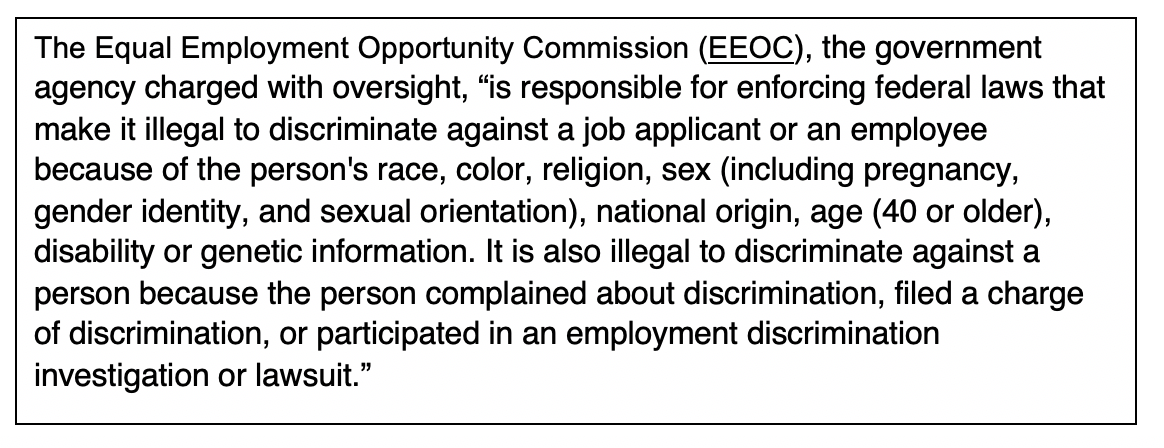In the United States, laws have been enacted to address workplace discrimination.

However, protection under the law is not same as equality. And make no mistake: inequality exists, with regard to education, affordable housing, healthcare, and the criminal justice system. It is also prevalent—yes, prevalent—in the workplace.
Civil unrest is, and has long been, the result of inequality.
Addressing inequality requires more than well-intentioned policies that amount to little more than box-checking. Systemic change is necessary. This kind of change will take leadership, at every level, including in the workplace.
Recognizing that employment opportunity can be a catalyst for societal change, Appcast looks at diversity recruiting and hiring from the standpoint of how to best make an impact.
A diversity primer
The term “diversity” gets used a lot, but when employers talk about “diverse candidates,” to whom they are referring?
In general, the phrase “diverse candidates” refers to Black people and other people of color, individuals who identify as LGBTQ+, people with disabilities, women, and older workers, as well any underrepresented group, which may include people of different ethnicities and religions.
Why does diversity recruiting and hiring matter?
Consider this data, from the U.S. Bureau of Labor Statistics (BLS).
- Black men earn $0.75 for every $1.00 earned by White men.
It’s worth noting that David Leonhardt of The New York Times, winner of a Pulitzer Prize for economic commentary, puts this number at $0.67. He makes a compelling case as he explains why “the traditional numbers are incomplete.”
- Black women earn $0.68 for every $1.00 earned by White men.
- Hispanic or Latino men earn $0.70 for every $1.00 earned by White men.
- Hispanic or Latina women earn $0.62 for every $1.00 earned by White men.
- Women earn $0.78 for every $1.00 earned by White men.
Income inequality creates wealth inequality. To get an idea of the impact, take a look at these statistics from management consulting firm McKinsey & Company.
- In 2016, the average Black family had total wealth of $17,600, while the average White family had total wealth of $171,000.
- The average Black family has five days of liquid savings, compared to 31 days for the average White family.
A similar gap exists with regard to homeownership, according to a report from real-estate brokerage Redfin, which utilizes U.S. Census Bureau data.
- Only 44% of Black families owned their homes, as of the first quarter of 2020, compared to nearly 74% of White families.
These are only a few statistics, and yet the economic disparities are apparent.
How do we, as a society—and hiring organizations, specifically—make meaningful change? One inclusion and diversity initiative, one hire, one opportunity for advancement at a time.
The Appcast whitepaper Diversity Recruiting: Finding and Hiring Candidates helps point the way forward.


